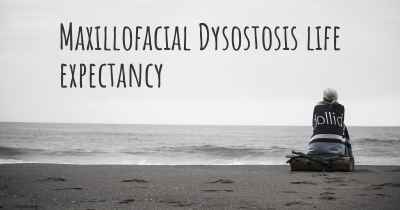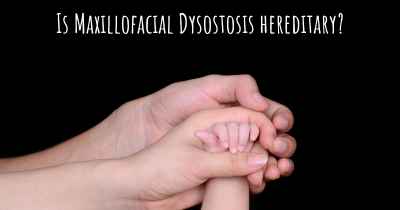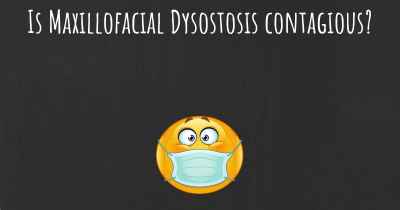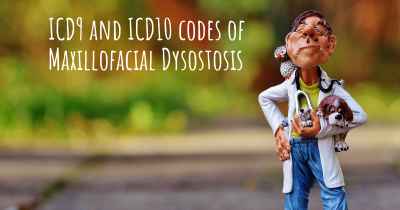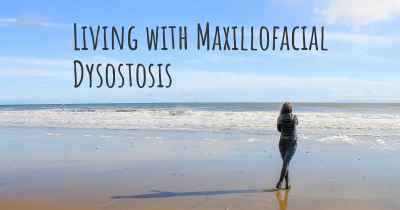Is it advisable to do exercise when affected by Maxillofacial Dysostosis? Which activities would you suggest and how intense should they be?
See if it is advisable for people with Maxillofacial Dysostosis to practice sports and which ones are the most recommended if you have Maxillofacial Dysostosis
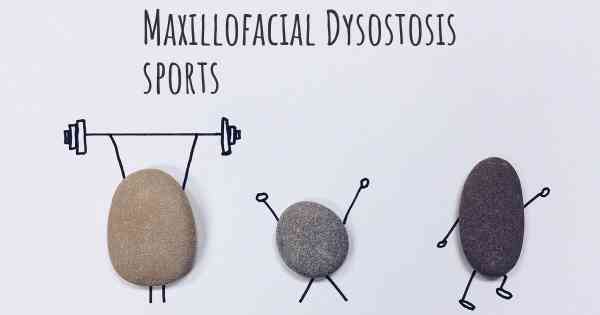
Maxillofacial Dysostosis is a congenital condition that affects the development of the bones in the face and skull. It can lead to various physical and functional abnormalities, including difficulties with breathing, eating, and speaking. While exercise is generally beneficial for overall health and well-being, it is important to approach it with caution when affected by Maxillofacial Dysostosis.
Before starting any exercise program, it is crucial to consult with a healthcare professional who is familiar with your specific condition. They can provide personalized guidance and recommendations based on your individual needs and limitations. They will consider factors such as the severity of your Maxillofacial Dysostosis, any associated complications, and your overall health.
That being said, there are certain exercises that may be beneficial for individuals with Maxillofacial Dysostosis:
- Aerobic exercises: Low-impact activities such as walking, swimming, or cycling can help improve cardiovascular fitness without putting excessive strain on the facial and skull bones. These exercises can also help maintain a healthy weight, which is important for overall health.
- Strength training: Gentle strength training exercises can help improve muscle tone and strength, which can indirectly support the facial and skull bones. However, it is crucial to avoid exercises that put direct pressure on the affected areas. Focus on exercises that target other muscle groups, such as the arms, legs, and core.
- Flexibility exercises: Stretching exercises can help improve flexibility and range of motion, which can be beneficial for individuals with Maxillofacial Dysostosis. Gentle stretching of the neck, shoulders, and other areas can help relieve muscle tension and improve overall mobility.
It is important to note that the intensity of exercise should be tailored to your individual capabilities and limitations. Start slowly and gradually increase the duration and intensity of your workouts as tolerated. Listen to your body and stop any exercise that causes pain, discomfort, or difficulty breathing.
Always prioritize safety and consult with a healthcare professional before starting any exercise program. They can provide specific recommendations based on your unique circumstances and help ensure that you exercise in a safe and effective manner.
